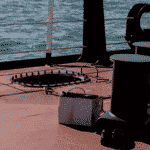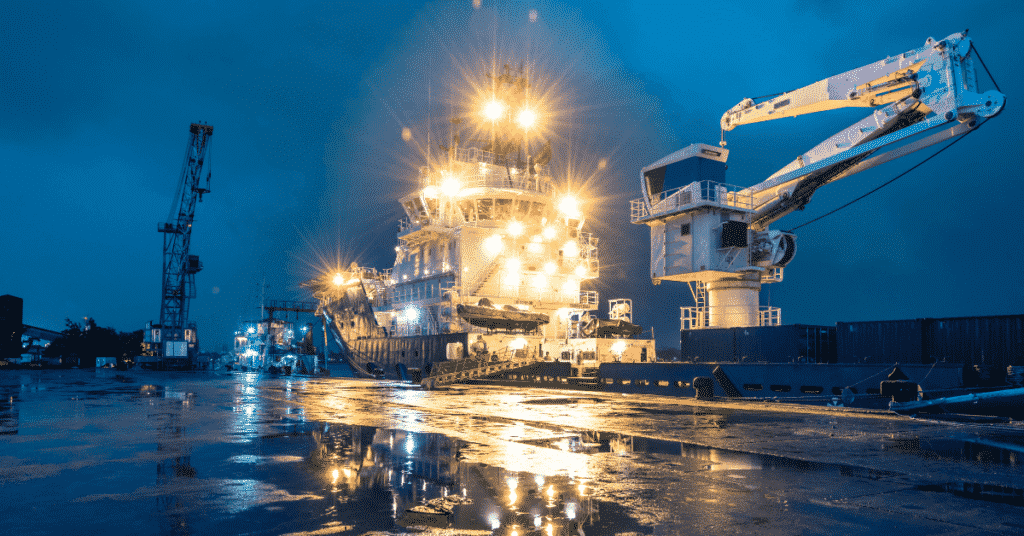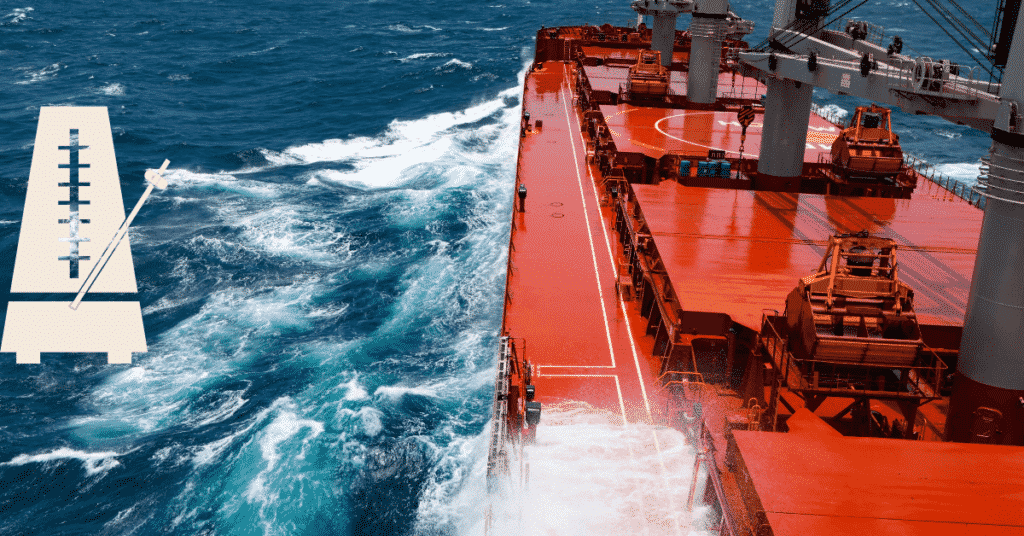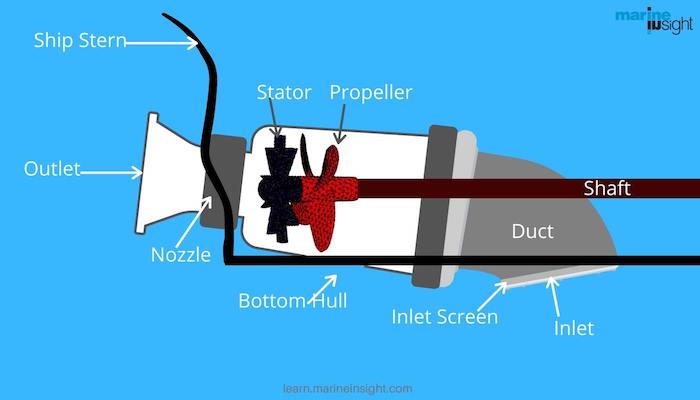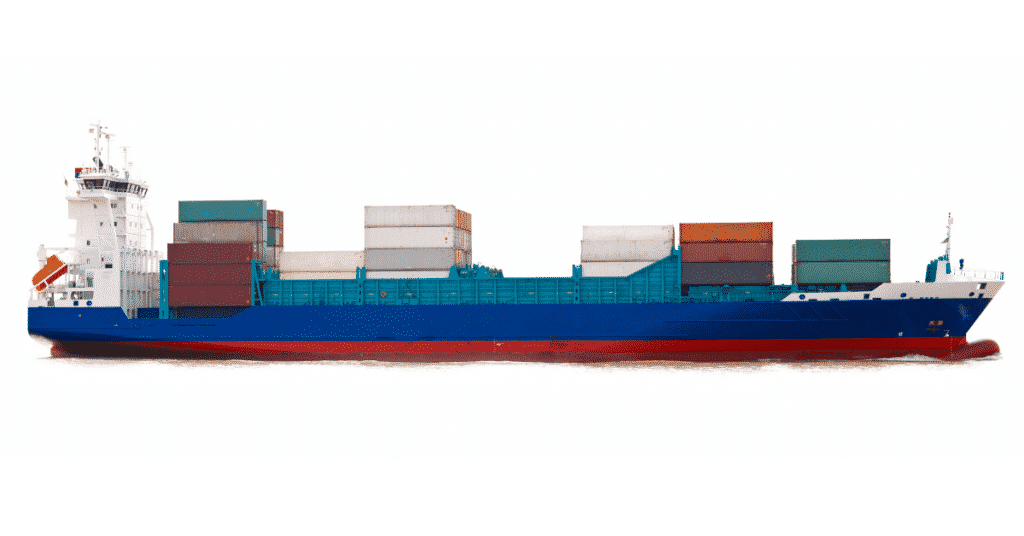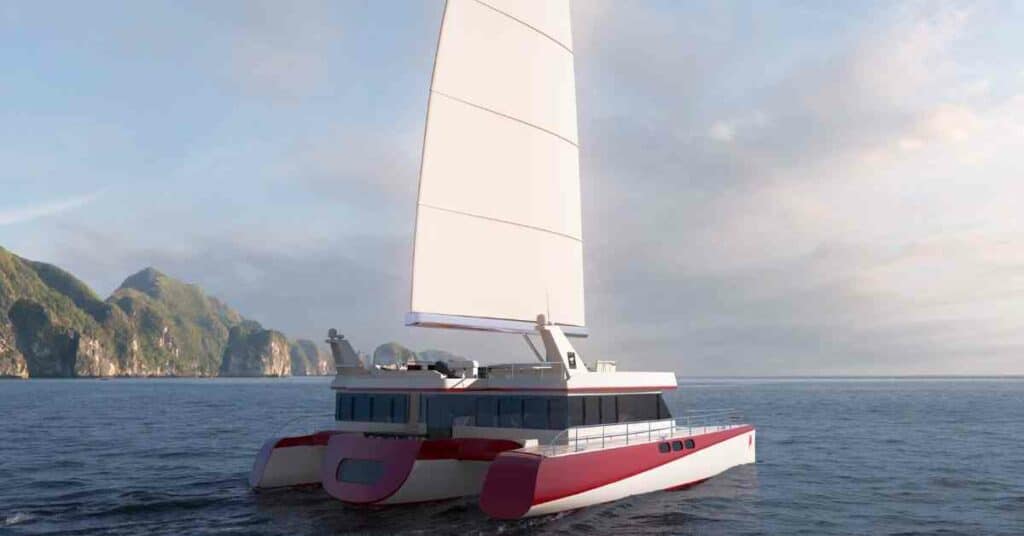What is Lowermost Deck in a Ship?
Decks, as we know, are horizontal demarcations in a vessel. Decks mainly define tiers or levels in a vessel and provide upper and lower limits for any space.
The main deck is the most commonly known deck in a vessel. It is mainly the deck that defines the uppermost limit of the main hull and has very high load-absorbing capacities, along with contributing to the global strength, the reason it is known as a strength deck as well.
As, for all practical purposes, it remains exposed to the external environment, it is also known as an exposed deck. Moreover, for almost all conventional vessels, as the bulkheads mostly extend to their level, the main decks are also referred to as the bulkhead decks.
All the other decks inside the main hull are tween decks or intermediate decks of varying extents that are uniquely numbered. While most cargo vessels like tankers and bulkers do not have many decks in the way of the holds or spaces, ship types like passenger vessels are interspersed by multiple deck levels.
The lowermost deck is crucial to a ship’s structure.
What is the lowermost deck?
As the name suggests, the deck that lies lowest from the bottom shell of a vessel is known as the lowermost deck. Now, based on the vessel, the lowermost deck can be defined in many ways.
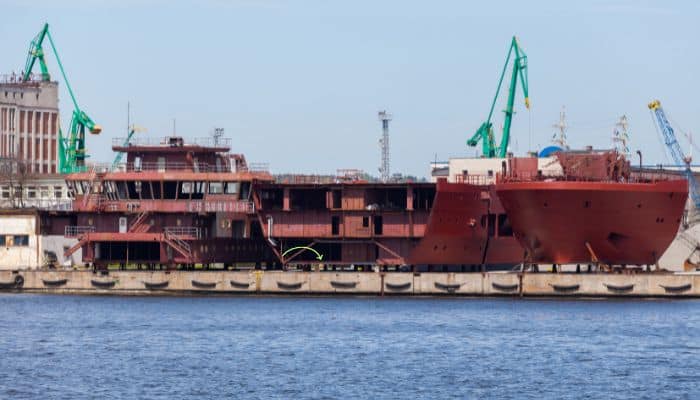
When the vessel is of double hull or double bottom construction, the inner bottom is the lowermost deck itself. In the case of single-bottom constructions that have an intermediate deck(s) below the main deck level, the lowermost deck is the deck right above the bottom shell again.
Also read:
In case the vessel is of simpler construction and does not have intermediate decks, the lowermost deck is mostly partial, mainly in the way of machinery spaces that need to sustain high loads, which should not act directly on the bottom shell plating, or some selected spaces where there are vertical divisions. Look at the figure below.
Even in a small fishing trawler or a river passenger vessel that is small in size and simple in construction, there is no concept of the lowermost deck.
The machinery/engine is simply mounted in the way of the higher scantling bottom stiffening members and floor construction.
Some elevated structures like a small platform or chequered plate on which some machinery or equipment may be placed and directly connected to the plate floor and other strength members below should not be confused with lowermost decks.
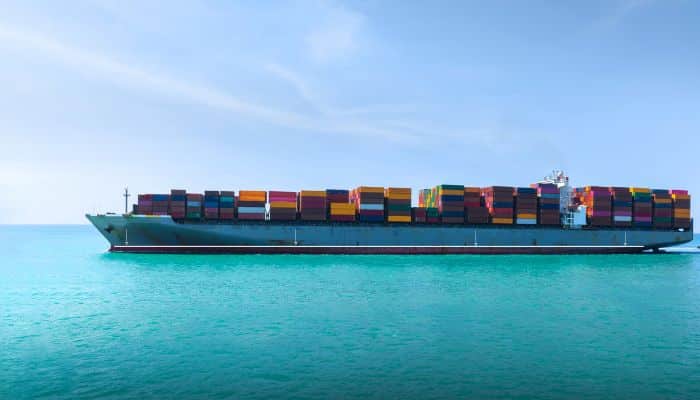
In terms of construction, the lowermost deck is mostly composed of stiffened flat plates like other decks. However, they may be stepped or corrugated as well.
If the lowermost deck is an intermediate deck, they are stiffened horizontally and vertically like other decks. The scantlings of the plate as well as the stiffeners are lower than that of the main deck or bottom shell.
However, when they have to support some heavy loads like machinery items, lowermost decks are heavily stiffened and have higher scantlings.
The inner bottom or tank tops have lower scantling as compared to the bottom shell but have allowances for corrosive margins if they are in the way of tanks holding liquids.
But for all decks in the way of heavy loadings like machinery or equipment, they have heavier scantlings and more degree of stiffening. Inner bottoms are mostly supported by the underlying floor structure.
As per the damage stability arrangement of the vessel, the lowermost decks play a crucial role in terms of water tightness. However, manholes and scuppers are there if required, especially in the way of machinery spaces and accommodation spaces for drainage and various other utilities.
Like other decks, they have additional stiffening in the way of openings. As per the rule, the lowermost decks are mostly horizontal.
For most vessels, they serve as important components for the stowage of cablings, pipings, ducting, hydraulics, and so on.
For naval vessels, lowermost decks serve as floors for stowage spaces designated for arms and ammunition.
Though not very common these days, lowermost decks were previously known as Orlop decks as well.
You might also like to read-
- Understanding Marine Sextant – Principle, Readings and Maintenance
- What is Automatic Identification System (AIS)- Types And Working (FAQs)
- 7 Best Handheld Marine GPS in 2022
- How Marine Fenders Are Used For Ship Berthing?
- What Marine Navigation Systems and Electronic Tools Are Used by Ship’s Pilot
Do you have info to share with us ? Suggest a correction

About Author
Subhodeep is a Naval Architecture and Ocean Engineering graduate. Interested in the intricacies of marine structures and goal-based design aspects, he is dedicated to sharing and propagation of common technical knowledge within this sector, which, at this very moment, requires a turnabout to flourish back to its old glory.
Latest Naval Arch Articles You Would Like:
Subscribe To Our Newsletters
By subscribing, you agree to our Privacy Policy and may receive occasional deal communications; you can unsubscribe anytime.






